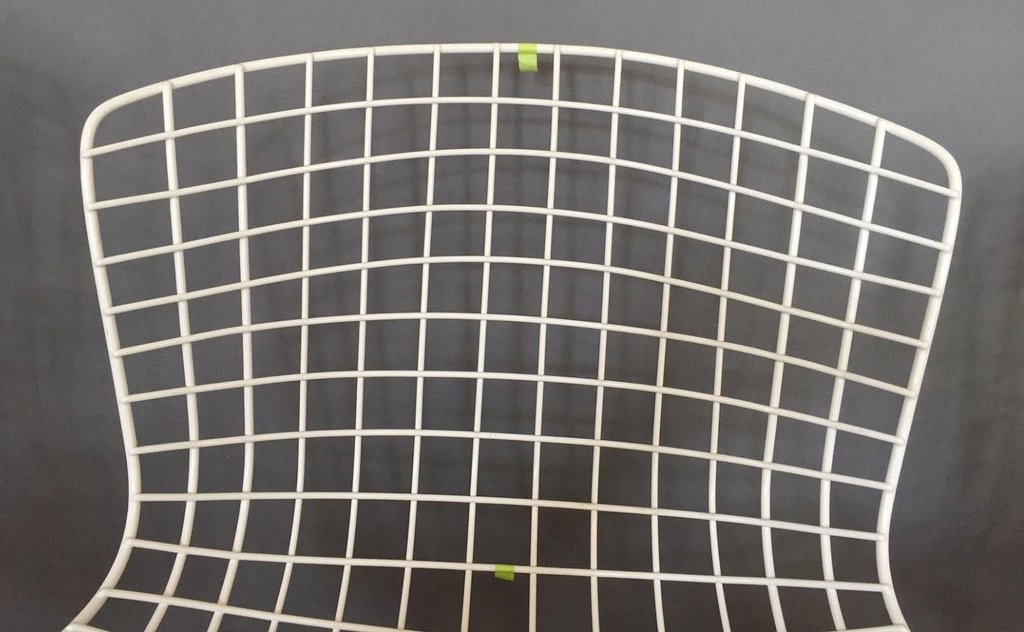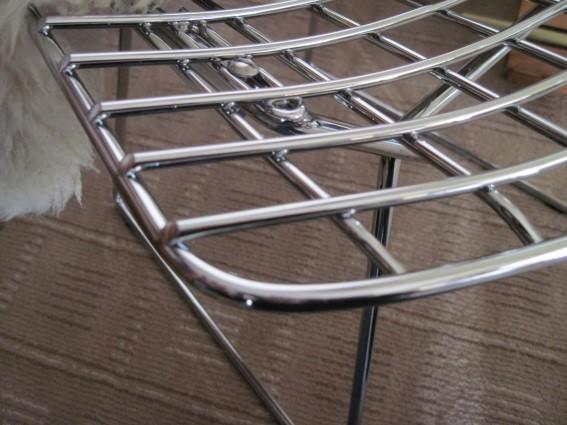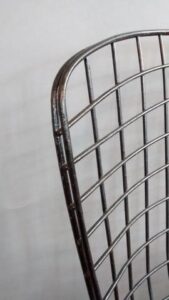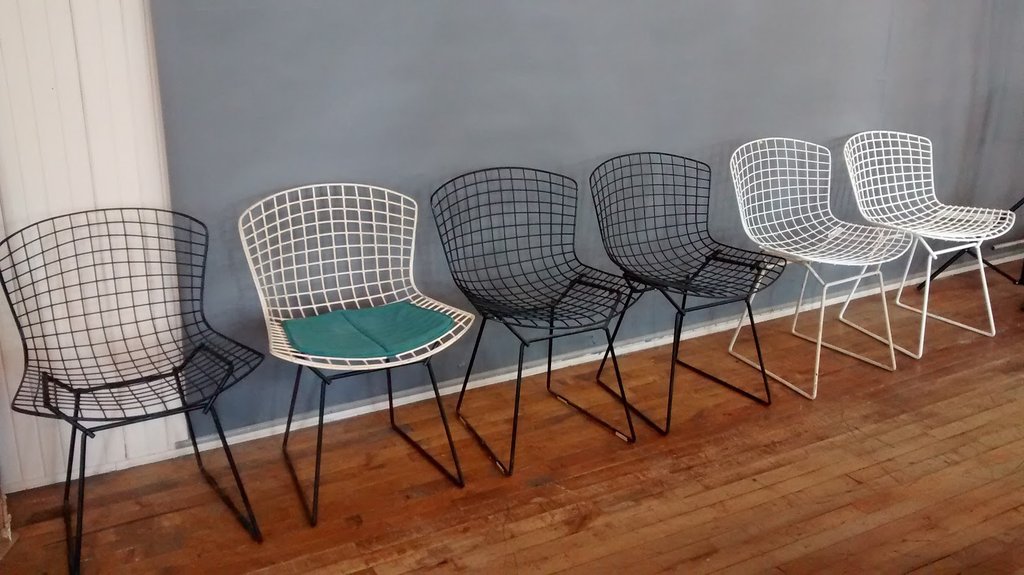First, congratulations on your good taste and wise investment!
How to best care for your piece depends on the condition it is in. Click on any of the sections below to learn more.
Dust & Grime
Unless you have a fragile or delicate piece, gently washing the sculpture will not harm it. Take it outside, turn on your spray hose and rinse it down. Immediately dry the metal thoroughly and completely with a clean cloth. If it is still not clean to your satisfaction, take a dab of mild dish soap (such as Ivory Liquid) and mix with warm water. With an old toothbrush or other soft-bristle brush, lightly scrub your sculpture. Rinse with plain water and dry immediately. Most metal sculptures are fairly robust. Unless you use intense chemicals, you probably won’t hurt it.
Discoloration, Rust, White Spots
The foundation recommends the cleaning product CLR (Calcium, Lime, Rust) to remove light spots. Follow the instructions on the container. Do not let it sit on the surface for too long as it may begin to eat away at the metal or the patina. Do not use sandpaper or a metal brush – it is too rough and will destroy the surface of the metal. If your sculpture has acquired the green patina of weathered copper or bronze, applying CLR as directed should remove it, if desired.
Non-Patinated Metal
If you have a sounding sculpture that was once shiny and bright but has darkened considerably, you may wish to shine it up again. If you plan to sell it, place it in an exhibition, or display it publicly in the near future, we recommend that you check with your auctioneer or museum director before polishing. The metal polish MAAS (available at MAASinc.com) has worked well for us. Follow the package directions. Make sure you get all the polish off and rub with a soft, clean cloth.
Centennial Table Tonal
These limited edition sculptures are not patinated and can be polished as desired, as specified above for non-patinated metal. If your piece has collected dust or pet hair between the rods, take a strip of cloth or Q-tip and slide it back and forth until the dust is removed.
Bent Rod
If a rod of a tonal has accidentally been bent out of place, disrupting the orderly placement, you can attempt to bend it back with patience and gentleness. Carefully pull the out-of-place rod(s) in the opposite direction, slightly past the desired original location, until it stays in the right spot. Make sure you don’t mistakenly include a previously straight rod, and do it in small increments. If the rods are too damaged you will need to have a professional repair it.
Professional Repairs
If your art is badly damaged or in need of serious conservation, there is hope. Look for capable metalsmiths or art conservators in your area, or contact the following experienced Bertoia repair sources:
We have found good results working with both companies.
Protection
If desired, microcrystalline Renaissance Wax may be added as a protective coating. Many museums use it. The wax does not collect dust, protects your piece, and also prevents age patination.
















 Eames vs. Bertoia There seems to be some confusion on the Eames wire chair vs. the Bertoia wire chairs. Harry Bertoia worked with Charles Eames in the late 1940’s and was toying with, and making drawings of, the wire grid concepts. Eames carried this idea to fruition. Below is the Eames wire chair first produced by Herman Miller in 1950. The Bertoia chairs have a similar same wire grid concept but came out in 1952.
Eames vs. Bertoia There seems to be some confusion on the Eames wire chair vs. the Bertoia wire chairs. Harry Bertoia worked with Charles Eames in the late 1940’s and was toying with, and making drawings of, the wire grid concepts. Eames carried this idea to fruition. Below is the Eames wire chair first produced by Herman Miller in 1950. The Bertoia chairs have a similar same wire grid concept but came out in 1952.